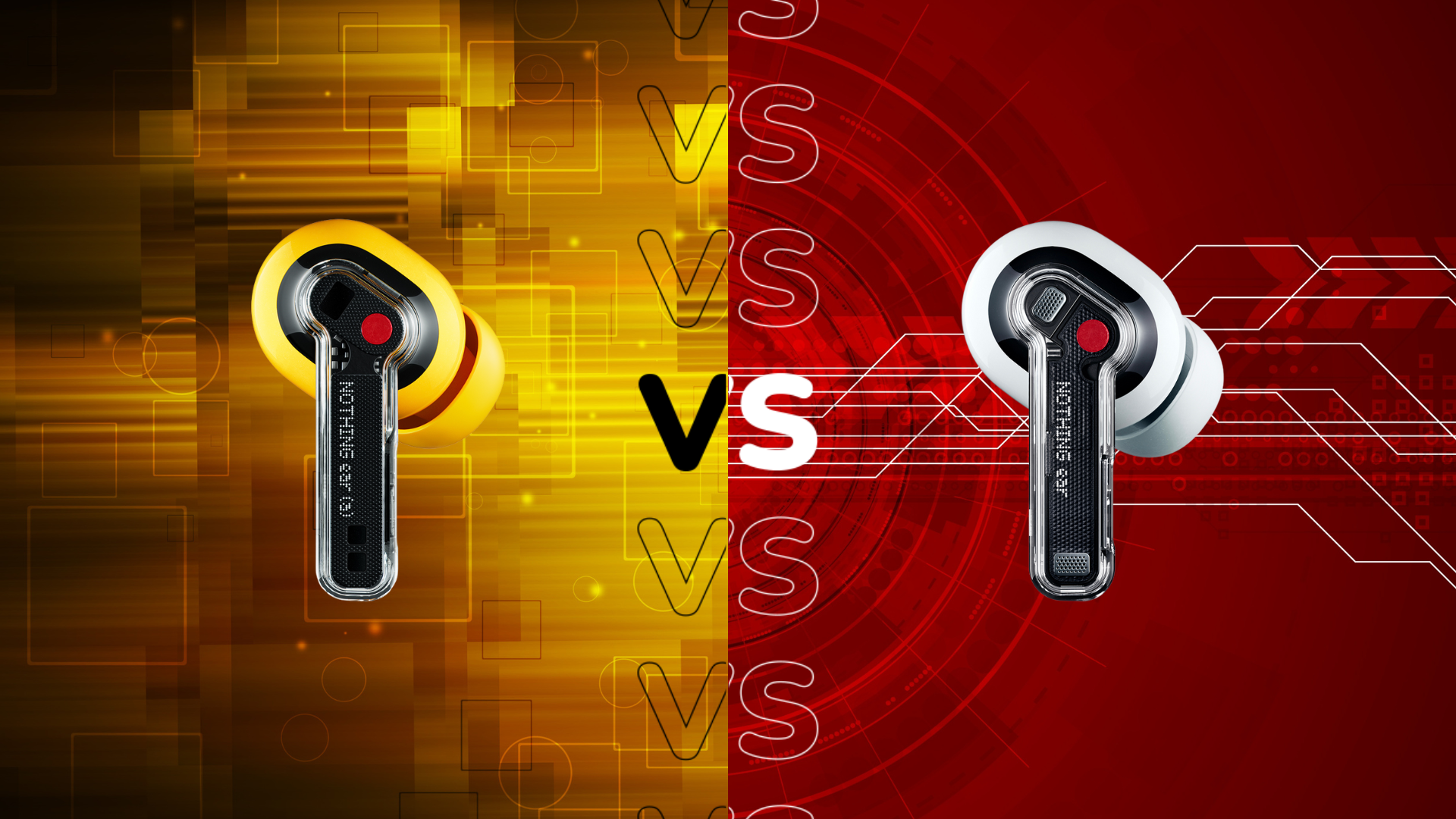DJI RS 4 vs DJI RS 3: What’s new?

DJI has unveiled its latest range of camera gimbals, consisting of the DJI RS 4 and the DJI RS 4 Pro.
designed for solo content creators looking to capture smooth, stable video with their mirrorless cameras. The question is, how does the RS 4 compare to 2022’s DJI RS 3?
Keep reading to discover all of the standout differences between the DJI RS 3 and the new DJI RS 4.
The DJI RS 4 has more room for accessories
The tilt axis on the DJI RS 4 has been extended by 8.5mm compared to the previous generation. This means there’s now more balancing space, as well as more room for camera accessories, such as microphones and ND filters.
DJI has added a Teflon coating to all three axes for smoother movements when mounting heavier payloads. The RS 4 has the same 3kg payload capacity as the RS 3, allowing it to support a wide variety of mirrorless cameras and lenses.
The DJI RS 4 can shoot vertical video natively
The DJI RS 4 takes advantage of a few updates when it comes to setting up shots.
First, there’s 2nd gen native vertical shooting. The gimbal’s horizontal plate natively supports switching between horizontal and vertical shooting without requiring any additional accessories. The DJI RS 3 required the Vertical Camera Mount to shoot portraits and content fit for social media.
There’s also a new joystick mode switch for quick switching between joystick modes for zoom or gimbal control.
The DJI RS 4 features a new stabilisation algorithm
The DJI RS 4 features DJI’s 4th gen stabilisation algorithm – an upgraded version of the 3rd gen algorithm found on the DJI RS 3.
The benefits of this include updated gimbal control algorithms, stabilisation capabilities balanced for different shooting scenarios, and an elevated experience when shooting handheld while walking or running.
The 4th gen algorithm has also been optimised for shooting vertically for better stabilisation of running, low-angle, and other vertical shots.
The DJI RS 4 includes an RSA port
Finally, DJI has included an RSA port on the DJI RS 4. This is a feature that was previously reserved for the DJI RS 3 Pro.
This allows the RS 4 to be used alongside accessories like the DJI Ronin Tethered Control Handle, as well as third-party control handles and remote-control ring handles that weren’t compatible with the DJI RS 3.








